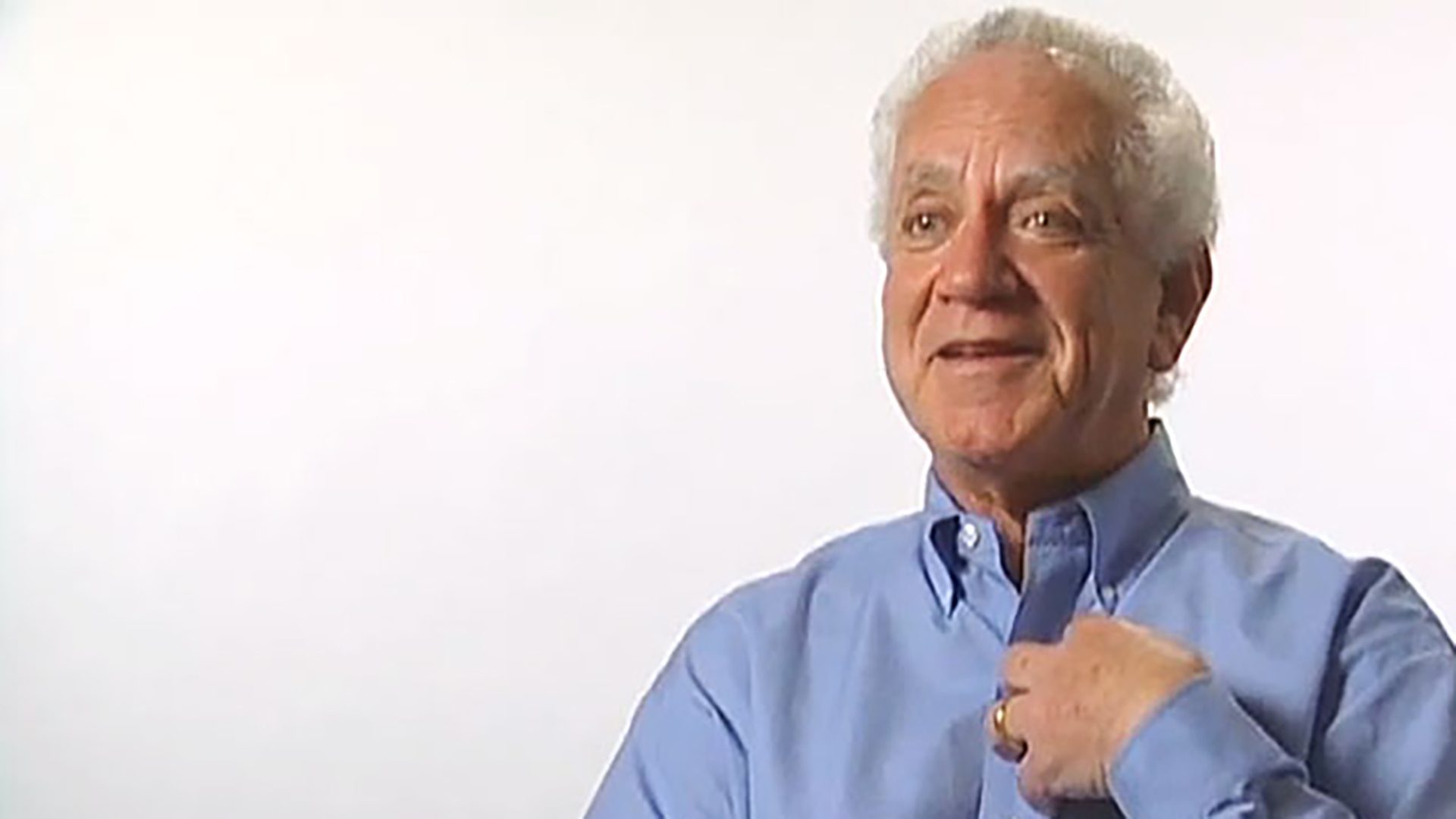Converting Personal Assets Into Income
To pay for cancer treatment, you may need to consider selling some of your personal assets, such as furniture, vehicles and financial accounts. Personal assets can also be used as collateral to secure a loan. Discuss your situation with someone knowledgeable about financial strategies and tax planning, such as a financial planner or accountant.

Before deciding to sell personal assets for extra income, talk with family and close friends. There may be other options to help you obtain more money, such as a personal loan. Also, there may be financial assistance through a variety of government or nonprofit programs. For example, some programs help people obtain health care services and/or prescription medications at reduced rates or no cost.
Things to Consider Before Selling Your Personal Assets
- How much money do you need now?
- How much money will you need in the future?
- How long will the money from the sale of your item last?
- Will you owe tax on the profit from the sale of your item?
- Should you put away money to pay taxes resulting from the sale of your item?
- Consider discussing your financial situation with an expert such as a financial planner, investment specialist or an attorney to be certain you understand the advantages and disadvantages of your options.
Other things to think about:
- Consider what you want to sell and why.
- Identify the current market for these items and how much you should be able to get.
- Think of a variety of sales methods. Which method would get you the most money?
- How quickly will you need the cash? Are you willing and able to take the time and effort to sell the items?
- Will it be emotionally difficult to part with the item or negotiate a fair price?
- Should you sell objects as a set or individually?
Setting the Sales Price
In order to establish a fair sales price for an item, assess the current value. Talk with people who collect and/or sell similar items to learn about current market values.
You can also check final sales prices of similar items on online auction sites like eBay, uBid and Auctions.com. If your item is a collectible or very valuable, a professional appraiser can help. Work with someone you trust and get input from friends and family who have experience.
Things to Consider Before Hiring an Appraiser
- Do you need an appraiser who has expertise in a variety of areas or a specialist for the item you wish to sell? For example, if you want a painting appraised, look for a museum or art gallery curator or appraiser who knows values of many types of items or for a dealer who only appraises paintings.
- Do you want an appraisal from a collector or dealer who typically deals with the type of item you want to sell? Keep in mind that if an appraiser has an interest in purchasing your item, you may not be quoted the highest value of the item.
- Do you know how much you will be charged for a professional appraisal? Get a written quote in advance that includes all of the costs for a professional appraisal. You are likely to be charged based on the amount of time the appraiser will need to spend inspecting the item, conducting research and preparing a written report for you. Avoid an appraiser who wants to charge a percentage of the value of the item.
- Is there a way to pay less (or nothing) for the professional appraisal? In most cases, the only way you are likely to get a free appraisal is if you contact an auction house with the intent of selling your item.
Finding the Best Sales Method
If you are considering selling personal items, create a sales plan that takes into account a good marketing strategy. If you must obtain income immediately, make a list of your personal items that have value and that you would be willing to sell or use as collateral for a loan. The following are common methods for selling personal property:
1. Private sales: You can sell items yourself through yard or garage sales, flea markets or through local publications where the cost of advertising your item is minimal. Generally, the safest approach is to accept cash and/or a cashier’s check made out to you. A personal check may bounce and leave you with little chance of recovering your money or the item.
2. Consignment stores: When you consign something for sale through a retail business, you turn it over to a seller who will offer the item to the store’s customers. If your item sells, you and the consignment seller share the money earned. If the item does not sell within a specified time period, it is returned to you.
3. Dealers, collectors or consultants: Dealers (such as art or gallery dealers or collectors) buy personal property outright and then sell the items to other buyers for a profit. As soon as you sell and turn over the item to the dealer, you receive your payment. There is no waiting, as in consignment sales.
4. Auctions offer items for sale to the highest bidder among the people who participate in the auction. Selling personal property by auction may involve reporting capital gains on your income tax return, so set the price accordingly.
Auction houses are businesses or firms that conduct auctions. Potential buyers either visit the location to make their competitive bids or place their bids by phone or email. Before using an auction house, learn about all the costs that are involved and who will be required to pay them.
When using an online auction site, the seller sets the length of time the auction will run. Bids are made online based on a description, and often a photograph, of the item being sold.
Using Personal Assets as Collateral to Secure a Loan
When personal assets are used as collateral for a loan, you offer a lender something of value to guarantee that you will repay. If you do not pay the loan back within a certain amount of time, the lender can keep the collateral or sell it to someone else to pay off your debt. Of course, if you do repay the loan, you get to keep the item.
Collateral loan lenders include:
- Banks
- Commercial lenders
- Auction houses
- Pawn brokers or collateral loan brokers
Loans by these businesses are governed by federal and/or state laws, as well as by a variety of business guidelines. Carefully compare the fees, interest and other charges from these different types of lenders.
Personal assets to use as collateral:
- Term bank accounts (certificates of deposit). The most common type of term bank account is the certificate of deposit (CD). In these accounts, you earn a higher rater of interest by leaving money in the bank for months or years. Rather than taking money out of the account and losing the interest, it may be a better option to borrow money against the term bank account, using the account as collateral. Talk to a professional at the bank or other financial institution to find out more.
- Stocks and bonds. Borrowing against stocks and bonds from financial institutions (such as your bank) may be another option available to you. An accountant, stockbroker or financial planner can provide professional assistance to help you determine whether this kind of action would be right for you.
- Antiques, art, jewelry or other valuables
- Furniture
- Vehicles
Using Pawnbrokers (Collateral Loan Brokers) to Obtain a Loan
Using a pawnbroker (sometimes called a collateral loan broker) is a way to borrow money if it is difficult to obtain a loan through a bank or other lender. A “pawn” is a loan where personal property items (such as jewelry, electronics, musical instruments or collectibles) are used to secure the loan. References and credit ratings are not checked, but will pay a very high interest rate for a short-term loan.
Other options:
- Ask creditors for additional time to pay your bill.
- Develop a budget or spending plan to help you to avoid unnecessary purchases.
- Build savings through regular (even small) deposits for emergencies.
- Get overdraft protection for your checking account.
- Talk with nonprofit consumer credit counseling services that are available at little or no cost in your state.
Pawnbrokers are licensed by a local governing agency (such as the state, county or a city) and there are rules and procedures that must be followed. If you decide to pawn an item, be certain that you understand all of the terms and conditions of the agreement.
If you pay back what you owe within the agreed upon period of time, you should be able to get your items back from a pawnbroker. To reclaim your property, you must present the ticket or other receipt that you received from the pawnbroker with your repayment.
If you don’t meet the terms of the pawn agreement, the pawnbroker will keep your item and sell it to recover the money you owe, including the outstanding loan amount and any interest. If your item sells for more than you owe the broker, you are typically entitled to receive the profit, but only if you claim it within a specified period of time.
Using Payday Lenders
Payday lenders are typically used to obtain very short-term loans when an individual has poor credit. Unfortunately, payday lenders have the reputation of using methods that are questionable, such as providing short-term loans at very high interest rates with hidden fees. In almost all cases, it is wise to avoid using this type of loan source.
A typical two-week payday loan will cost the borrower at least $15 for every $100 borrowed. This level of loan fee is equal to a 400 percent annual percentage rate, and, if the loan is renewed, it may end up costing more than the amount of money borrowed.

